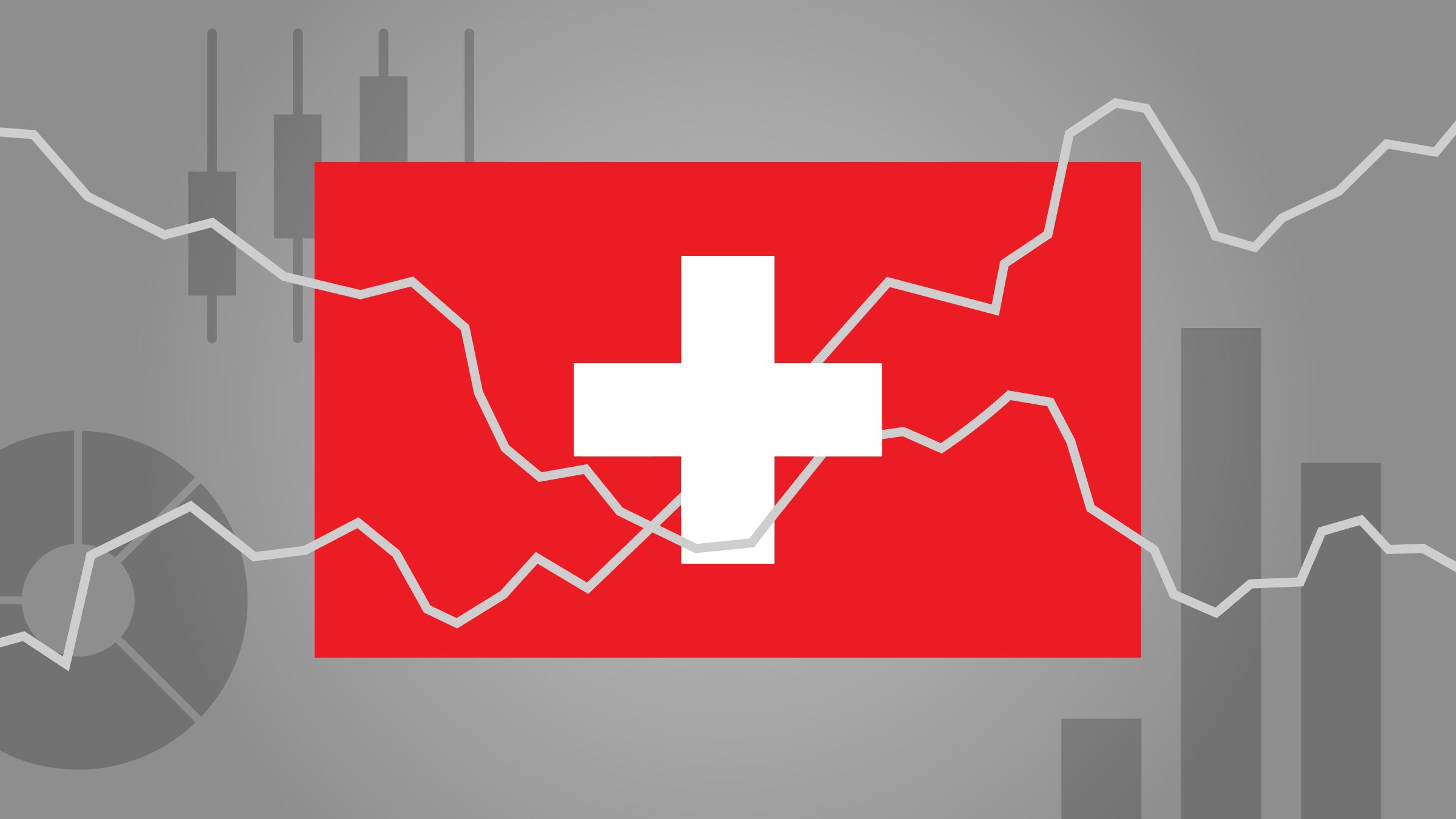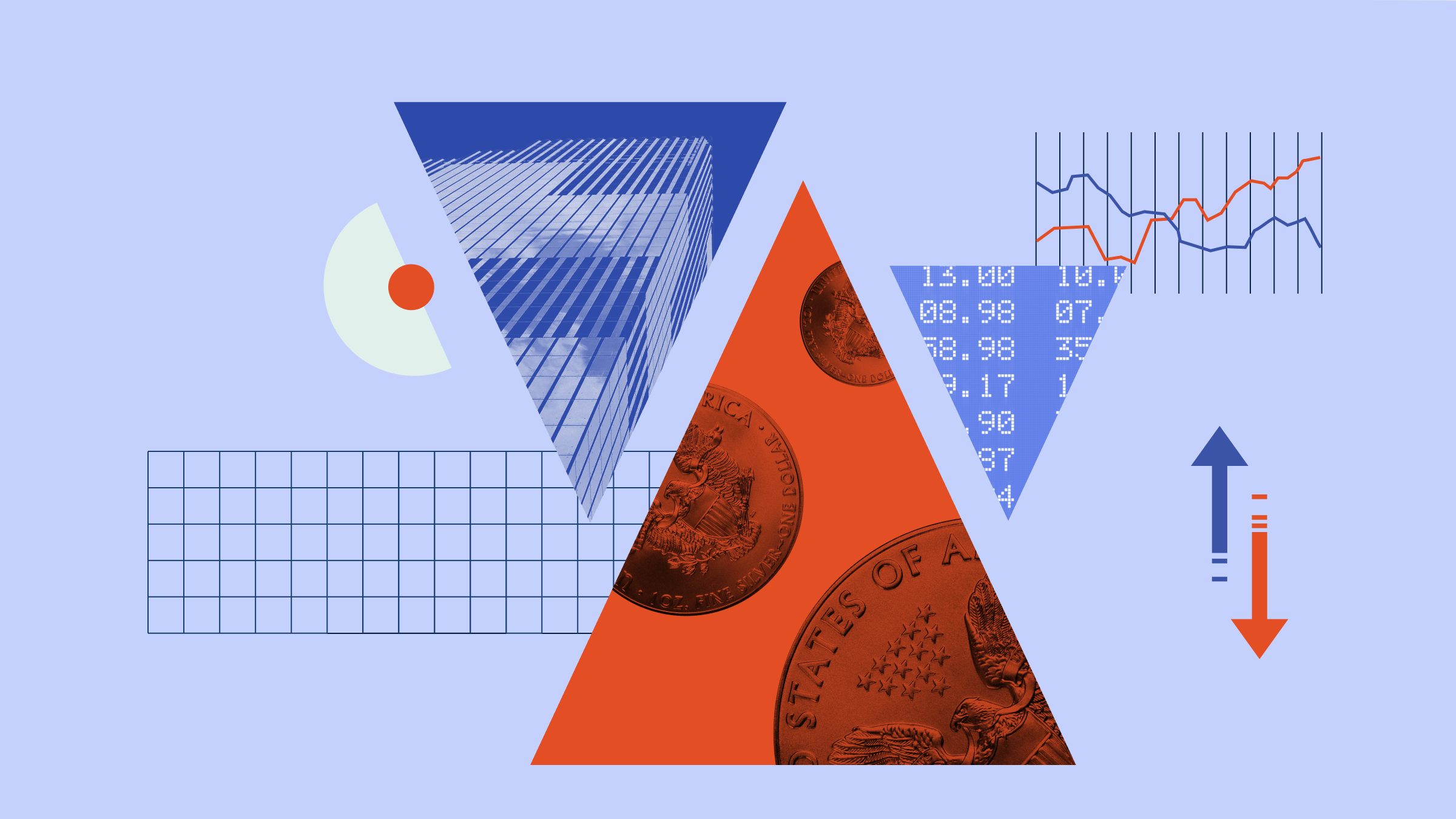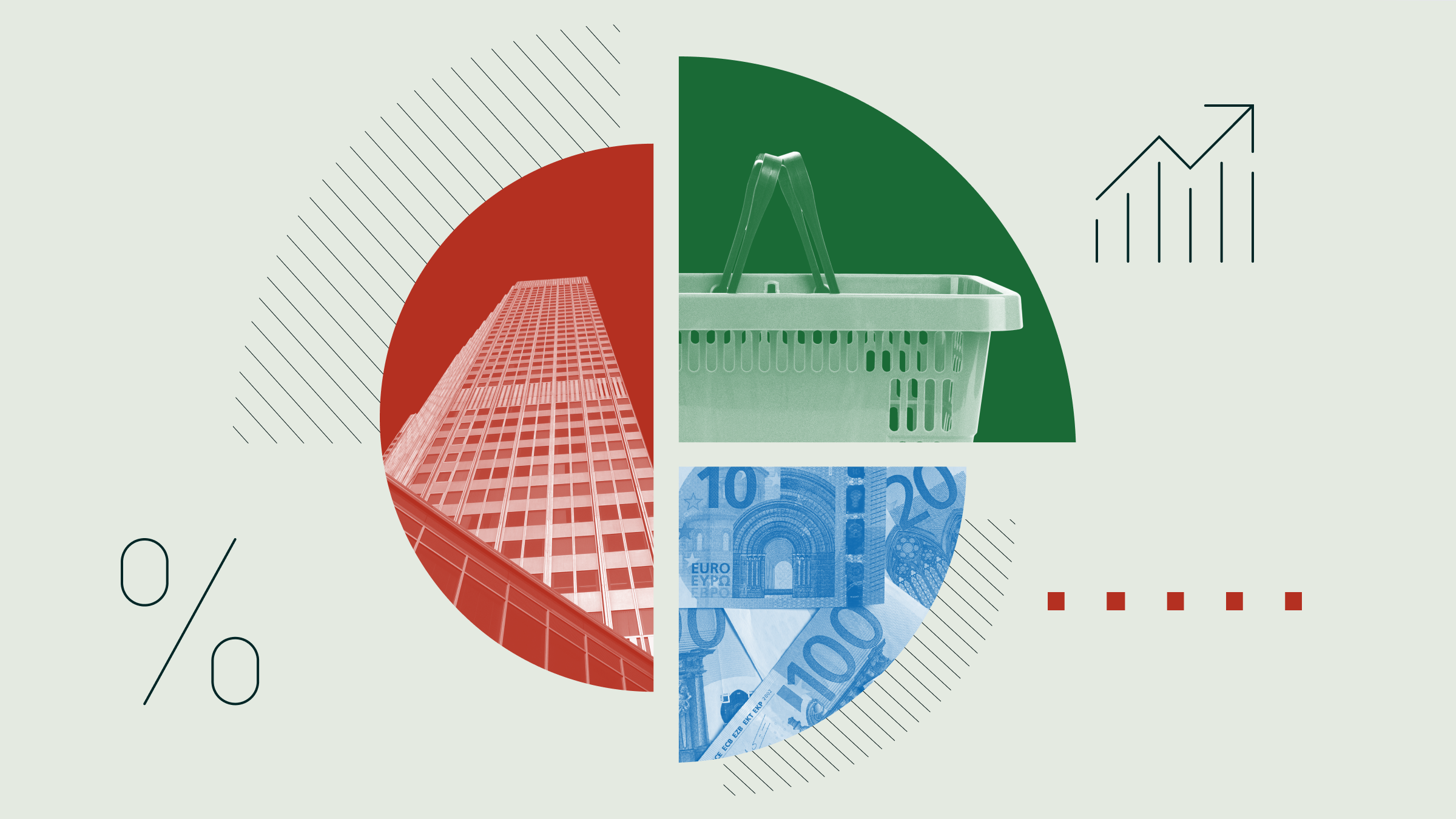Rolle im Portfolio
The iShares DivDAX (DE) ETF provides exposure to the 15 stocks with the highest dividend yields that belong to the DAX 30 Index. High correlations to international stock markets make this fund’s use as a diversifier within a broader equity allocation limited. The DivDAX Index correlated 99% with the DAX 30 Index, 77% with the MSCI World USD Index and 86% with the EURO STOXX 50 Index over the last three years.
Given the size and diversification of the German economy, the ETF can be considered as part of a core holding in a well diversified portfolio.
For tactical purposes, the fund is also suitable for investors with a strong view on German equities.
Also, an investment might be of interest for investors seeking income as the index’s current dividend yield is 3.69% as of this writing.
Fundamentale Analyse
Dividends play an important role in an equity portfolio as they account for a large portion of long-term stock returns. Over the last decade, the DAX 30 Total Return Index outperformed the DAX 30 Price Return Index by about 3.3% per annum. The difference in return can be fully explained by dividends.
The economic outlook for heavily export-oriented Germany has improved somewhat recently. Rising manufacturing activity, solid signs of recovery in southern parts of the Eurozone and a rebound of the Chinese economy are all encouraging signs for the rest of the year.
Economic data have been on the upside lately. Eurozone industrial output rose by 0.7% in June, and by 2.5% in Germany alone. Although unemployment in the Eurozone came down a notch in July, at 1.21% the jobless rate remained at its highest level since the euro’s creation at 12.1%. By contrast, unemployment in Germany stood at a low 5.3%. Key survey data indicate that the Eurozone recovery is extending from the core to the weaker periphery, thus benefiting Germany’s exports to this region. The PMI for the Eurozone hit a 26-month high in August at 51.4, while Germany’s PMI (51.8) reached a 25-month high. In addition, German business sentiment posted a new one-year high at 107.5 in August; up from 106.2 the previous month. Corporations are increasingly optimistic on the near future, as some southern Eurozone countries begin to recover and China regains some of the momentum it lost in the first half of the year.
The closely followed ZEW Index has also added to the positive momentum. This economic sentiment indicator rose to 42.0 in August – its highest level since March. The institute commented that first signs of an end of the recession in important Eurozone countries may have contributed to this increase. In addition, economic optimism is also supported by strong domestic demand in Germany.
In fact, German GDP expanded by 0.7% q/q in Q2. However, some economists have raised concerns that this momentum may be difficult to maintain. In particular, they highlight that the upsurge in construction activities in Q2 was the result of works due in Q1 and postponed by severe weather conditions. As such, we have not seen a general upgrade in German GDP growth projections, though most economist now see increased probabilities of a strong third and fourth quarters.
Companies in the basic materials sector, the largest sector in the DAX, generally operate in a highly cyclical environment and are subject to fluctuating commodity prices. Rising raw material costs can put pressure on these firms’ margins and dampen demand. First signs of a Chinese rebound and the conflict in the Middle East could drive commodity prices higher.
Indexkonstruktion
The DivDAX Index offers exposure to the 15 stocks with the highest dividend yields that belong to the DAX 30 Index. The DAX Index is a free float market capitalisation weighted index, representing the 30 largest and most traded German stocks listed on the Frankfurt Stock Exchange. To be eligible, constituents have to be either domiciled in Germany, or a minimum of 33% of their trading turnover is on the Frankfurt Stock Exchange. Moreover, component stocks must be domiciled in an EU or EFTA country. Each constituent is capped at 10% of the index’s total value. The index is reviewed annually with narrower reviews conducted quarterly. As of writing, the DivDAX Index is fairly top heavy with the top five stocks representing 50% of the index’s value. The largest single issuer is Daimler (12 % of the index’s value), followed by Siemens (10%) and Bayer (10%). The biggest sector exposure is automobiles & parts (23%), followed by chemicals (20%) and industrial goods & services (16%).
Fondskonstruktion
The iShares DivDAX (DE) ETF uses physical replication to track the DivDAX Index. The fund intends to invest in a portfolio of the 15 stocks with the highest dividend yield within the DAX Index. iShares may engage in securities lending within this fund to generate additional revenues for the fund. The lending revenues generated from this activity are split 60/40 between the fund and the lending agent BlackRock, whereby BlackRock covers the costs involved. To protect the fund from a borrower’s default, BlackRock takes collateral greater than the loan value. Collateral levels vary from 102.5% to 112% of the value of securities on loan, depending on the assets provided by the borrower as collateral. Additional counterparty risk mitigation measures include borrower default indemnification. Specifically, BlackRock commits to replace the securities that a borrower would fail to return. The indemnification arrangement is subject to changes, and in some cases without notice. Finally, BackRock limits the amount of assets that can be lent out by this ETF at 50%. Cash received as dividends from the underlying stocks is held in the fund’s income account until it is distributed to fund holders. Distributions are made on a quarterly basis. This dividend treatment can potentially create a drag on returns in upward trending markets as dividends are not reinvested into the fund. In practice this cuts both ways. It could also result in outperformance if the benchmark falls in the interim period.
Gebühren
The fund levies a total expense ratio of 0.31%. This lies at the upper of the range of ETFs tracking German equities. Other potential costs associated with holding this fund which are not included in the TER include rebalancing costs, bid-ask spreads and brokerage fees.
Alternativen
As of writing, only ComStage offers an ETF tracking the DivDAX Index. ComStage uses synthetic replication and levies a TER of 0.25%.
Another alternative is the Deka’s DAXplus Maximum Dividend ETF which also tracks an index that provides exposure to some of the highest yielding stocks in Germany. The index is comprised of 20 stocks from a universe of the 110 largest stocks trading in Frankfurt. The fund also uses physical replication, levies a total expense ratio of 0.30% and given its relative breadth, offers a slightly better degree of diversification as compared to the iShares fund.
Investors looking for broader exposure to German equities will find several ETFs tracking the DAX Index. The biggest ETFs in terms of total assets under management are the iShares DAX (DE) ETF, which uses physical replication and the db x-trackers DAX ETF, which offers both replications.

















